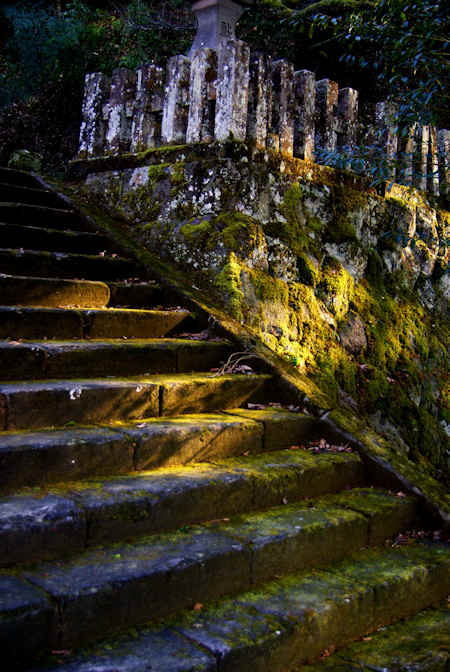Rakan, sometimes called arhats, are said to be the disciples of the historical Buddha, and groups of 500 statues representing them can be found all over Japan.
The collection of 500 rakan found in Omori, part of Iwami Ginzan Silver Mine, is unusual in that they are housed in several man-made caves dug into a hillside by miners working at the silver mine.
The rakan here at Iwami Ginzan were made to pray for the repose of the souls of those miners who died, and as the work was brutal and harsh, the life of a miner was usually quite short, which is why there were so many temples in the area.
One feature of Rakan is that every single one has a different features and expressions, and it is often said that while looking at rakan statues you will always find some that remind you of someone you know. The rakan here are included in the UNESCO World Heritage Site.
All the rakan here were made over a period of about 25 years and were completed in 1766. They were all attributed to a stonemason from nearby Fukumitsu with the pseudonym Toshitada, who is also credited with creating the 3 arched bridges that cross the stream to reach the rakan caves. It is thought that members of his family and other apprentices had a hand in the work
Rakan-ji Temple was established across from the rakan caves in 1764. It is a Shingon temple and the honzon is an Amida. A Yakushi hall was moved to the grounds from higher up in the valley.
Rakanji Temple is one of 10 "guest temples" on the Iwami Kannon Pilgrimage. Kannon pilgrimages usually have 36 main temples and a few "extra" temples, but this Iwami pilgrimage has a total of 49 temples so is often referred to as Iwami Mandala Pilgrimage.































































